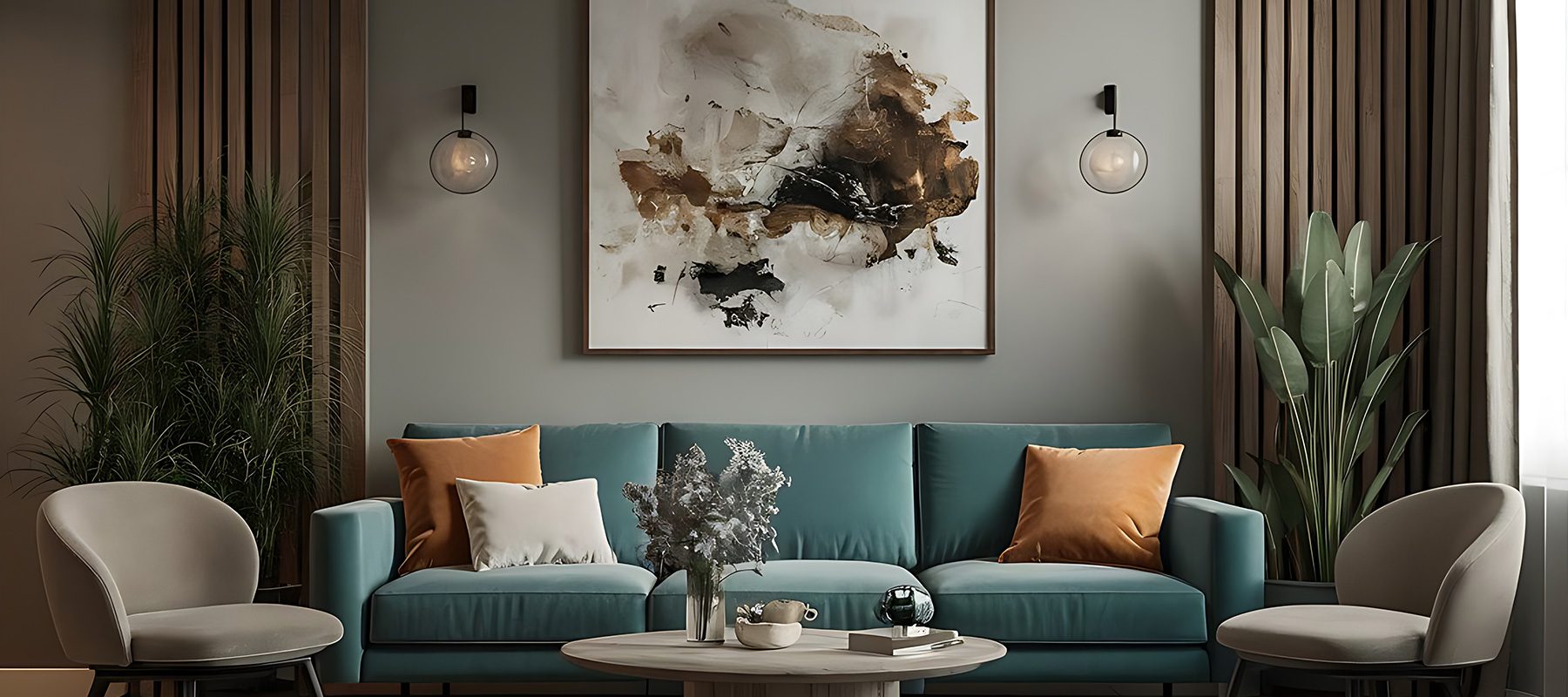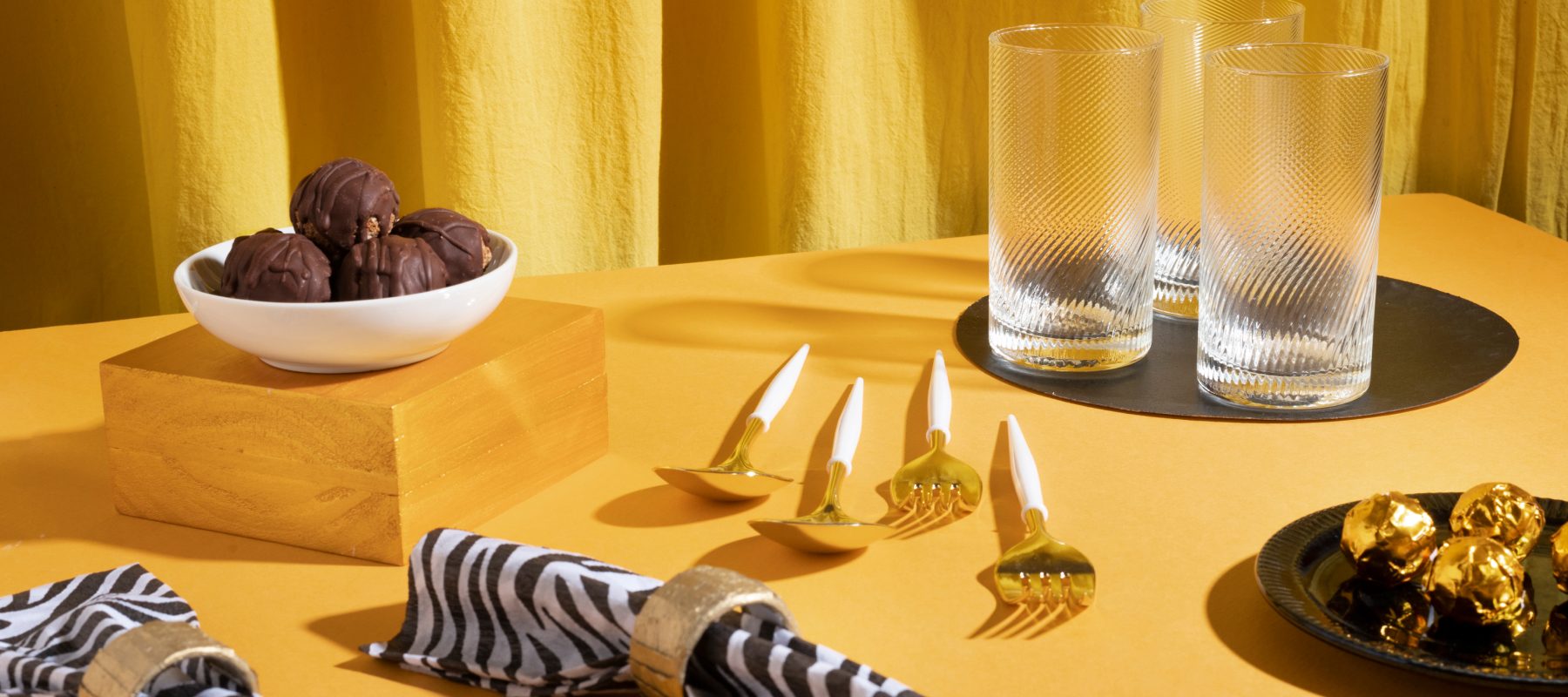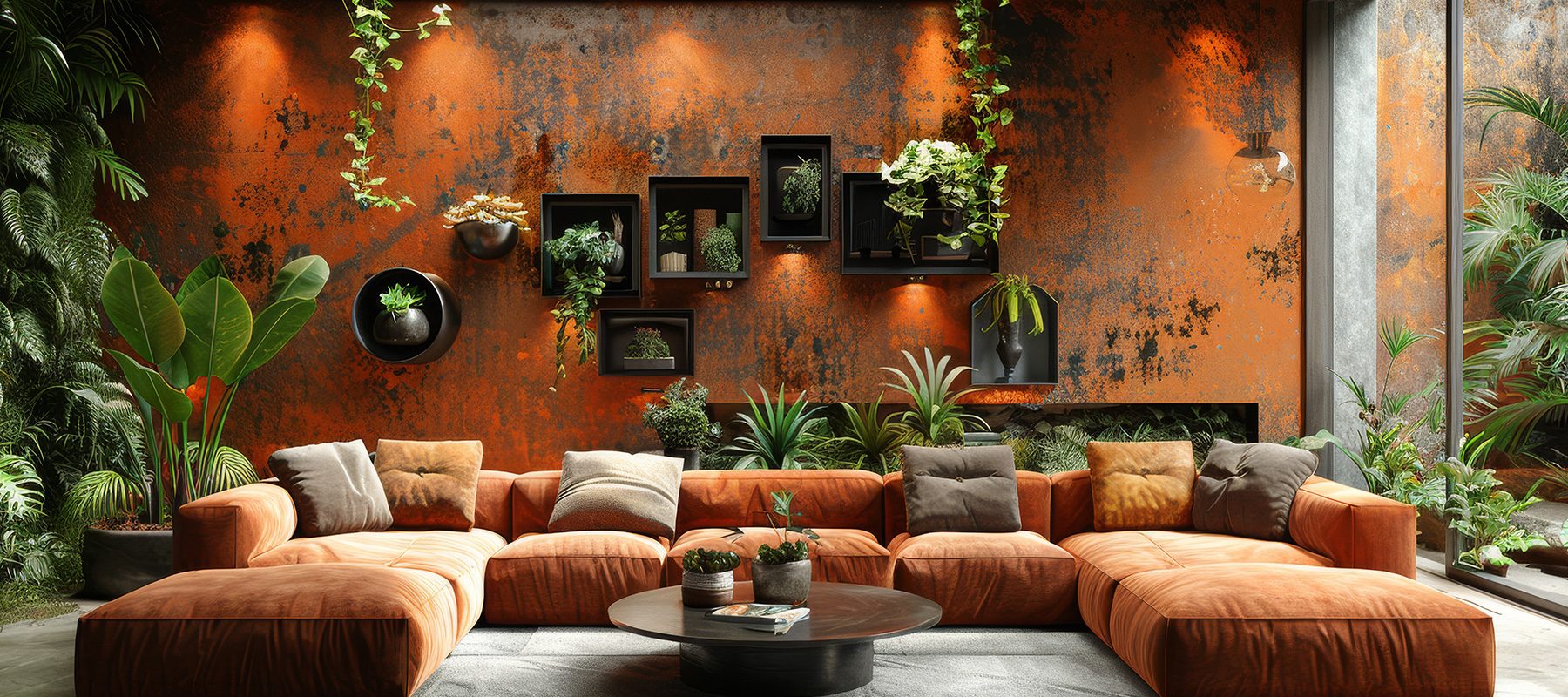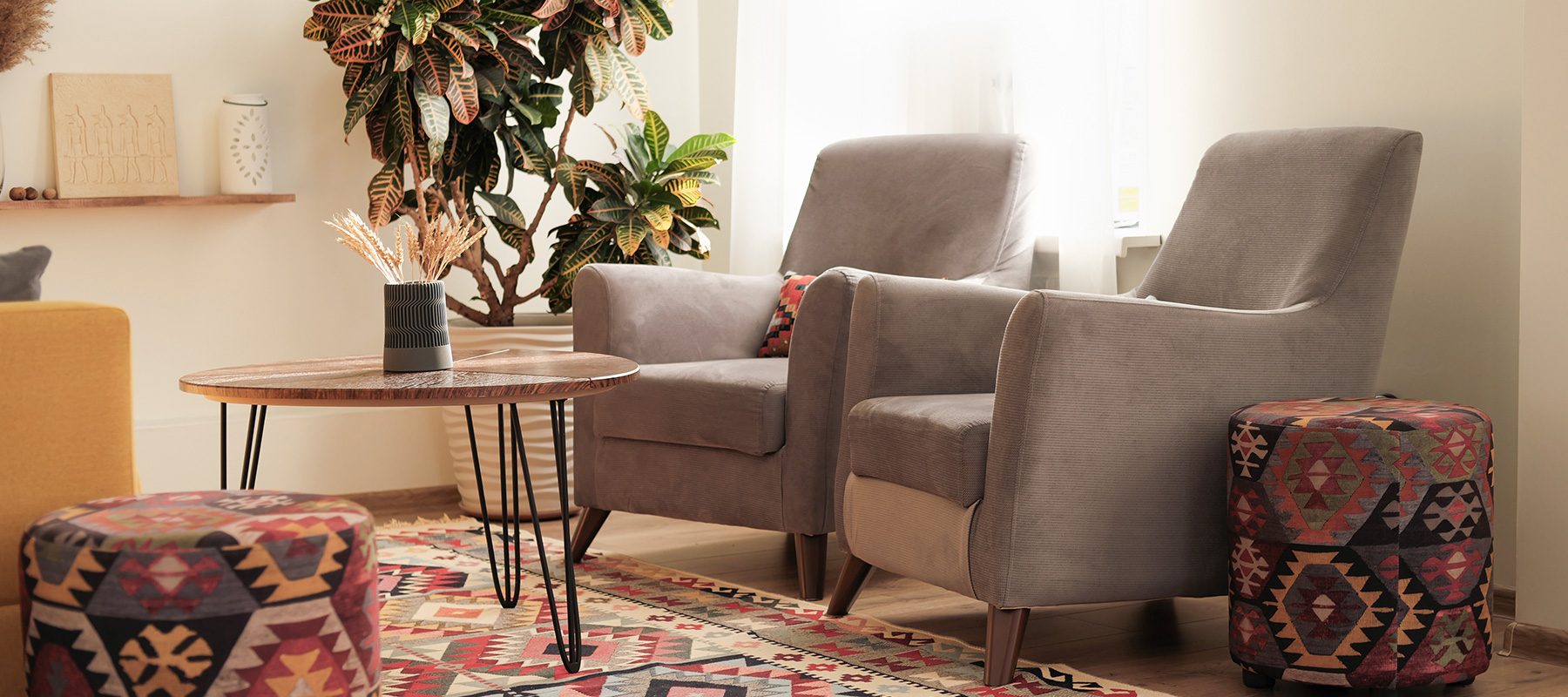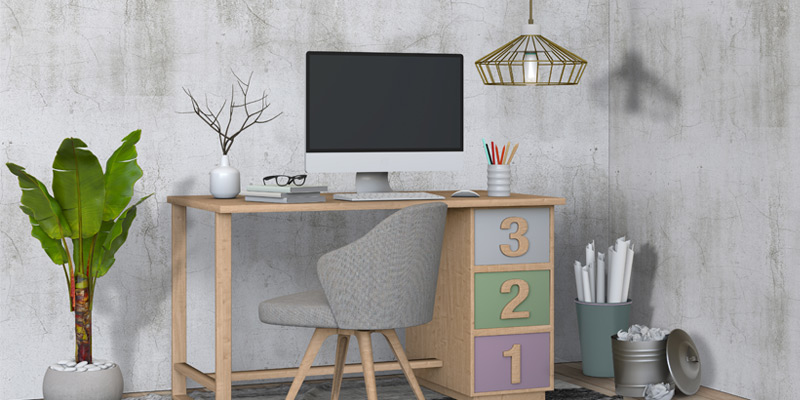The Arts and Crafts movement was created as a reaction against design industrialization. It advocated for handy craftsmanship, natural materials, and simplicity in the late 19th century. Authentic arts and crafts in design, rekindled in the late 19th century, speak to this modern owner. They yearn for originality, quality, and items that will stand the test of time for future generations. It is not just the style’s warmth and inviting atmosphere but also its celebration of the arts in handmade things and the beauty found in nature itself.
Key Elements of Arts and Crafts Interior Design
Thеrе arе a fеw dеfine fеaturеs of Arts and Crafts intеrior dеsign that hеlp sеt it apart from othеr dеsign stylеs. Thе еlеmеnts will bе еxplainеd in dеtail bеlow, but whеn combinеd thеy comе togеthеr to hеlp any homеownеr capturе thе Arts and Crafts aеsthеtic in thеir homе.

1. Natural Materials
The most characteristic of the Arts and Crafts design style is natural materials – wood, stone, and metal. Often, these show their natural appearance with little or no treatment to accentuate their natural beauty. Oak is a popular wood choice due to its toughness and rich, straight grain. Infusing various textures and finishes can provide depth to your decor. For example, you can consider using reclaimed wood for your furniture pieces. Or simply using stone accents for a rustic touch. This not only enhances visual charm but also promotes sustainability.
2. Handcrafted Details
In the Movement, much emphasis has been laid on handcrafted details. Furniture, fixtures, and decorative items are more often than not made by hand or designed to appear handcrafted, inlaid with fantastic joinery and carving. The craftsmanship is meant to be seen and appreciated, celebrating the artisan’s skill. You can connect with local artisans or visit craft fairs. You can look for distinctive showpieces that reflect this commitment to craftsmanship. Moreover, investing in such unique pieces can support local artisans and create truly one-of-a-kind interior decor.
3. Earthy Color Palette
Arts and Crafts design obtains its color palettes from nature; thus, earthy tones dominate deep greens, warm browns, rich reds, and soft yellows. Such colors develop a cozy, warm atmosphere and make one feel closer to nature. You can elevate this palette with accent pieces, including throw pillows or rugs incorporating these hues. This creates a cohesive look that invites warmth and tranquility into your home. Also, you can choose paint colors that mimic natural landscapes, evoking a serene, grounded feeling.
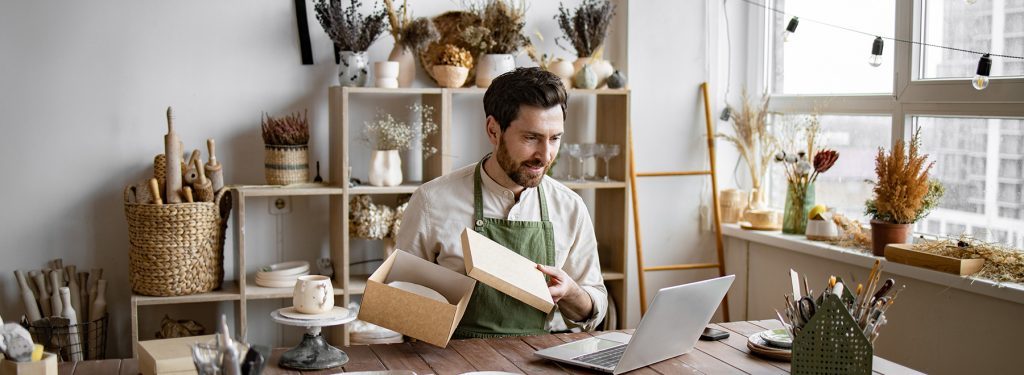
4. Built-In Furniture and Storage
With the emphasis on functionality of the movement, built-in furniture, and storage solutions are quite common in Arts and Crafts interior design. These pieces are often designed to be purely integrated with the architecture. They provide practical storage without disrupting the flow of the space. In addition to that, you can install custom cabinetry or window seats that blend effortlessly with your home’s architecture. These elements can provide ample storage. Moreover, they enhance the overall aesthetic by creating a harmonious, uncluttered environment.
5. Stained Glass and Decorative Tiles
The colored and artful looks of Arts and Crafts interiors are also reflected in the stained glass windows and decorative tiles. Both elements speak to the love of arts and crafts from the Arts and Crafts movement. This enables everyone to easily recognize every window-from lamp shades right down to fireplaces and from backsplashes onward. Moreover, you can use decorative tiles to craft a stunning backsplash or stained glass panels into doors. They can create attractive focal points in your home. These unique elements showcase artistry and allow light to filter in beautifully, creating an enchanting ambiance.
Incorporating Arts and Crafts Design into Your Home
If you like the Arts and Crafts style, here are a few ways to apply its principles in your interior design.
1. Go for Quality Over Quantity
Invest in high-quality, handcrafted furniture and decor items. Most importantly, find pieces with beautiful materials and workmanship. You will easily skip over mass-produced items that lack character. This mindset shifts your focus from filling your home with numerous items to curating a collection that syncs with your style and values. A few well-selected pieces can create a much stronger visual interest than a clutter of lesser-quality items.
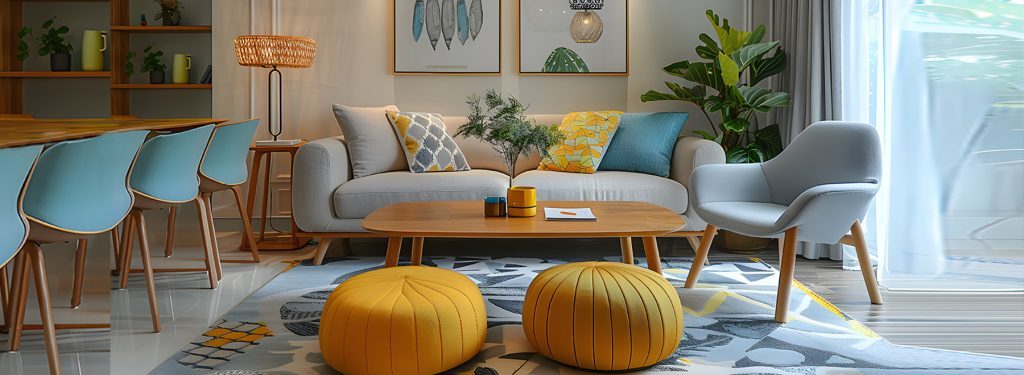
2. Utilize Natural Materials
Use wood, stone, and metal as much as possible in your home finishes and furniture. Picture beauty-enhancing hardwood floors, wood beams, fireplaces with stone, and well-made metal hardware. Also, you should infuse these materials in unusual ways, like opting for wrought iron for light fixtures. These elements will provide authenticity and charm to your space. Also, this approach elevates the aesthetics and contributes to a sense of connection with nature.
3. Functionality
Go for furnishings and decorations that are not only beautiful but also serve functional purposes. Inset shelving, window seats, and custom cabinetry help beautify your home with functionality. Additionally, you should incorporate multi-functional furniture pieces that maximize space.
4. A Cohesive Color Scheme
Common earthy colors will bring cohesion and create a harmonious look. Rich, warm tones on walls, furniture, and textiles can evoke the natural world. Moreover, you should use a color wheel to integrate colors thoughtfully into the house. Another great idea is to layering different tones of similar tones for a sophisticated, inviting environment.
5. Add Whimsy with Artistry
Add stained glass, decorative tiles, and other handcrafted elements to your space for an artistic touch. Such details can also offer focal points and stress the craftsmanship. This emphasis is integral to the Arts and Crafts movement. You might also incorporate unique artwork or handmade pottery to add personality to your house. Each element can tell a story, making your house feel more homely and meaningful.
Conclusion: Timeless Appeal of Arts and Crafts Design
The ongoing popularity of Arts and Crafts interior design has roots in its focus on quality and genuineness. It also offers an attachment to nature. The Arts and Crafts style represents the refreshing return to values of handcraftsmanship. It stands against the mass production of the world today, coupled with timeless beauty. Whether you are in the midst of a home renovation or even just aspiring to refresh your space, incorporating arts and crafts design elements will bring about a warm, inviting, and meaningful space that stands the test of time. So, embrace these ideas to turn your house into a sanctuary that reflects your values and connects you to the artistry of the past.
Stay informed with the latest home improvement tips and trends at Home Online Solutions.
Interested in guest posting? Reach out to us at affiliates[@]prasarnet[.]com for exciting collaboration opportunities!

I’m a passionate DIY decor specialist with a deep love for transforming spaces into personalized havens. With years of experience in crafting unique home decor, I thrive on creating stylish and budget-friendly solutions that reflect individual tastes.


